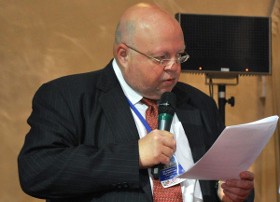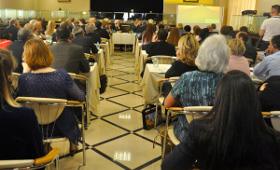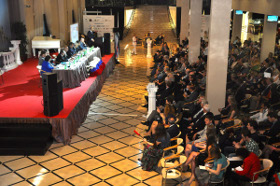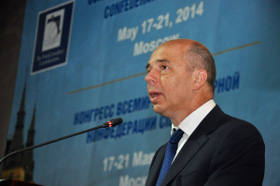Diamond Commission strengthens definition of ‘diamond’ to support natural stones
Meeting at the CIBJO Congress in Moscow, the Diamond Commission decided to advance a proposal that, henceforth, the CIBJO definition of a diamond would also have the following addition: “a diamond is a mineral which has been formed completely without human interference. It may be subsequently cut and polished.”
CIBJO’s position is that diamonds, which are sold without any qualifier, can be assumed to have been formed in nature.
The session of the Diamond Commission, which followed a comprehensive seminar on synthetic diamonds, which had been organised by Diamond Commission President Udi Sheintal.
Synthetic diamonds, therefore, need to be disclosed as such. Article 3.7 of CIBJO’s Diamond Book states: “The fact that a synthetic diamond is wholly or partially synthetic shall be disclosed. Only the term ‘synthetic,’ ‘laboratory-created’ or ‘laboratory-grown’ shall be used to describe synthetic diamonds and these terms shall be equally as conspicuous and immediately precede the word ‘diamond.’”
Meanwhile, the Commission also considered the issue that changes were needed in the Blue Book regarding coloured diamonds, since they are becoming increasingly popular for investment purposes and their descriptions should now be stated in the diamond book.
Deputy Commission President Harry Levy explained that terms regarding colour hues of coloured diamonds were not universally accepted and understood. “Consequently, there is no price list or guide for buyers as to how much they should be paying. We have heard complaints that the profit margin is as much as a factor of 10. Bringing order to the issue would help create a price list.”
The Commission also considered the issue of custom tariffs where officials are using the same tariff for natural and synthetic stones since there is no separate tariff for synthetics. “This could theoretically lead to a situation where someone might say that natural stones and synthetics are the same because the customs charge is the same for both,” Levy explained.
Meanwhile, Commission President Udi Sheintal told delegates that Steering Committee members decided to change the title of the Blue Book to The Diamond Book, and the proposal was accepted by members.
Sheintal said that the terms Treated diamonds and Treated would be left in the book.
In addition, the Commission accepted a proposal by Ronnie Bauer from Australia that the diamond blue book should include a term called Laser Inscription regarding the laser inscription of diamonds. Bauer’s proposed definition was accepted as follows: “The process of using a laser to inscribe letters, symbols, logos and numbers on the girdle or facets on a diamond.”
Photo Caption: Udi Sheintal, President of the CIBJO Diamond Commission.






